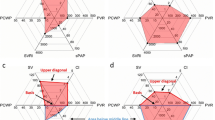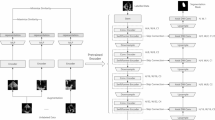Abstract
Over more than 50 years the theory of functioning of the cardiac & cardiovascular system remained unchanged. As a rule, all conventional diagnostics methods are based on statistics data on changes in shapes of cardiac signals only, so that it is impossible to determine the relevant cause-effect relations with respect to their formation [1,2]. But a theory of elevated fluidity of liquid offered twenty five years ago makes it possible to develop an innovative method of the phase analysis of the cardiac cycle [3]. The successful application of the said method in researches for the last 5 years has enabled a practical implementation of an indirect measuring concept with respect to volumetric hemodynamic parameters [4]. By evaluating hemodynamic parameters upon examination of more than 3000 patients the Authors have identified the actual cause-effect relations in formation of the respective ECG & Rheo so that new capabilities are being offered in cardiology. This article should be treated as a logic result reflecting a long-term experience accumulated in large-scale investigations covering the complete cardiac & cardiovascular system operation.
Similar content being viewed by others
Article PDF
Author information
Authors and Affiliations
Corresponding author
Rights and permissions
About this article
Cite this article
Mamberger, K., Makedonsky, D., Rudenko, M. et al. Innovation in cardiology. A new diagnostic standard establishing criteria of quantitative & qualitative evaluation of main parameters of the cardiac & cardiovascular system according to ECG and Rheo based on cardiac cycle phase analysis . Nat Prec (2009). https://doi.org/10.1038/npre.2009.3667.1
Received:
Accepted:
Published:
DOI: https://doi.org/10.1038/npre.2009.3667.1



